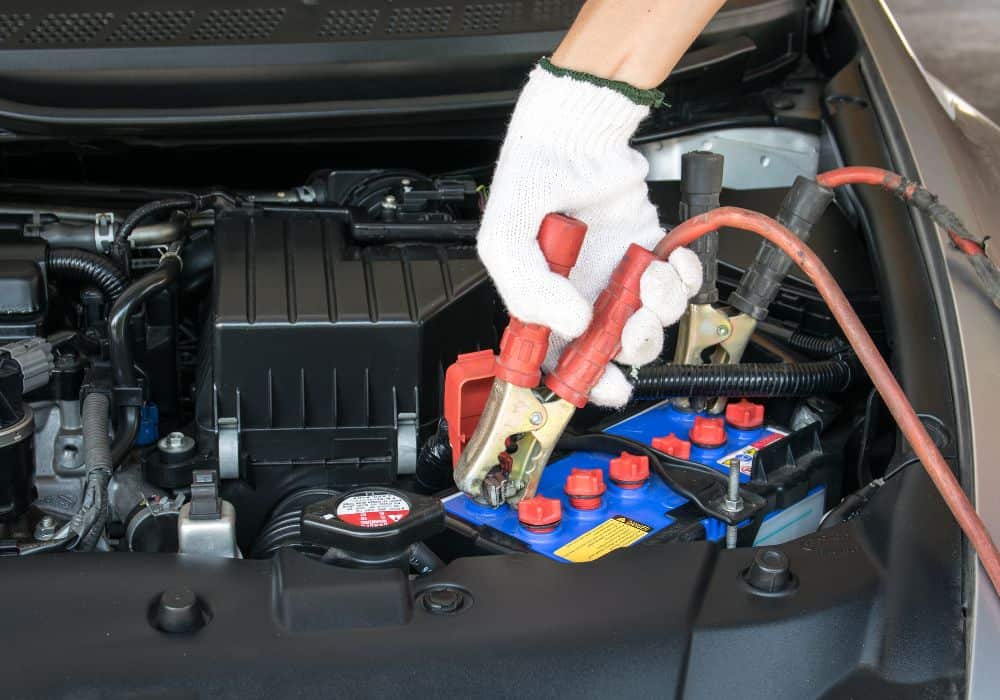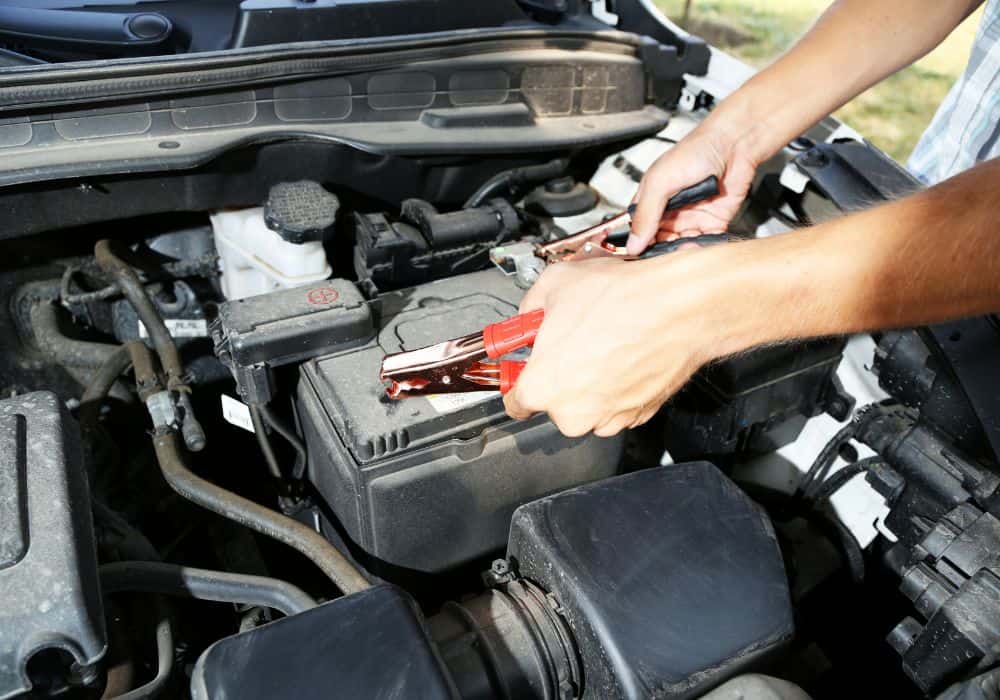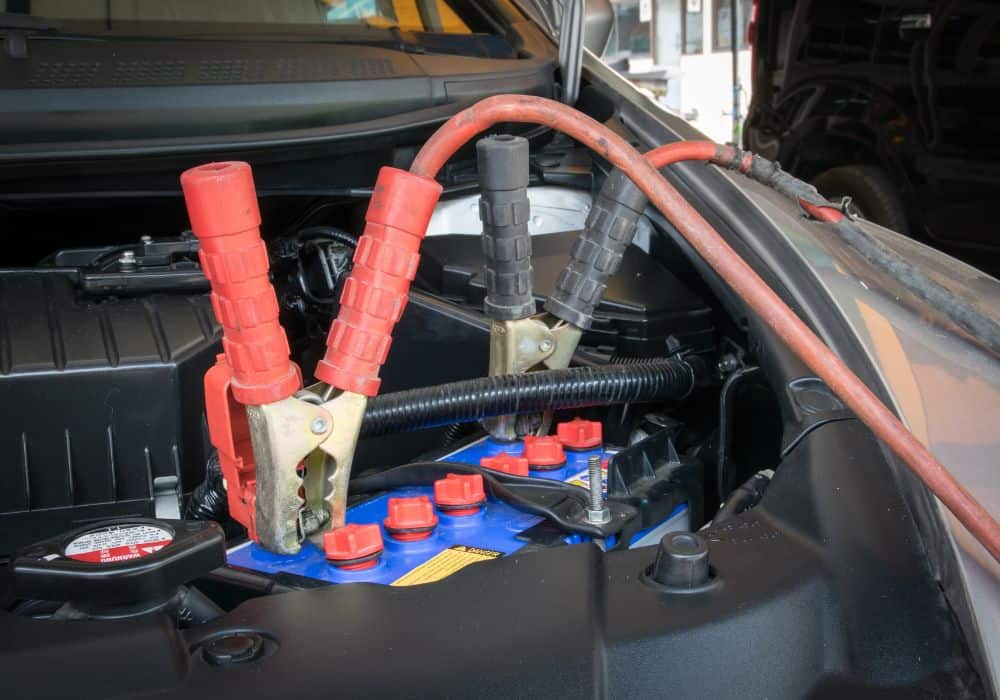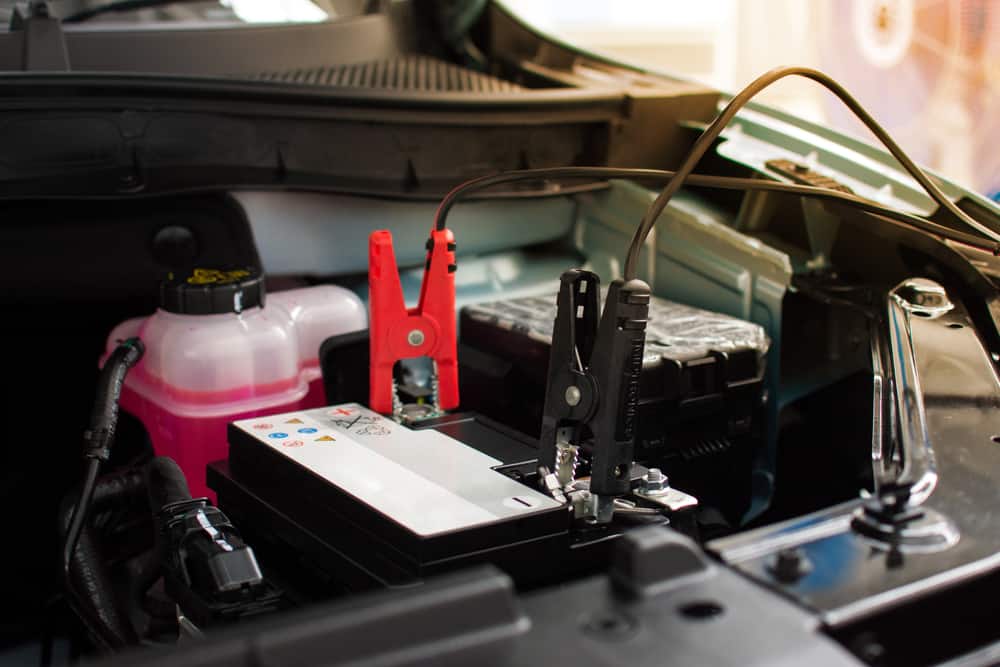Are you looking to charge your battery but don’t have a charger?
Batteries are designed to hold a charge for long periods. But the more you use them, the more they drain. Eventually, they will run out of juice and you will need to charge them.
However, you can’t always carry a charger with you. So, if your smartphone, camera, or car battery runs out of charge, you might need to improvise. That’s where this article comes in.
Here, you will discover a few simple tips and tricks to get your battery up and running even without a charger. Let’s check them out.
Table of Contents
How to Charge Li-ion Battery Without Charger?

Lithium-ion batteries are fast replacing traditional alkaline, lead acid, and nickel-cadmium batteries since they’re environmentally friendly, long-lasting, and offer better performance. They can be found as AA, AAA, C, D, Coin Cell, and 9V.
Today, these batteries power a range of electronic devices, including smartphones, laptops, cameras, key fobs, etc.
However, Li-ion batteries have one major disadvantage: they need a specialized charger.
Therefore, if you misplace your charger, you might find it hard to charge these batteries. Luckily, there are a few solutions to this problem, including:
1. Using a USB Port
Imagine a situation where you need to send a school assignment or company urgently, but your laptop is at 10%, and you forgot to carry your charger.
In such a situation, grab a USB cable from your bag and connect your laptop to a USB port of a computer, another laptop, power bank, or printer. If you don’t have a USB cable at hand, visit the nearest electronic store.
Remember, this solution only applies to laptops that support USB-C. Also, ensure the port outputs at least 2 amps.
Besides your laptop battery, you can use this trick to charge your smartphone and camera.
2. Solar Panels Powered Battery Charging
Probably you are wondering if it’s really possible to charge lithium-ion batteries with solar panels. Yes, it’s possible.
Solar panels are an excellent source of DC electricity. On the other hand, lithium-ion batteries stores DC power. For this reason, you can use them to recharge your battery.
But you will need a solar charge controller or solar battery charger to charge your battery. If you don’t have one, avoid this solution.
3. Charging From a Car Battery
This charging method might sound crazy, but it’s a lifesaver. What’s more, it’s super easy. You just need to connect your car’s lead-acid battery to your lithium-ion battery.
However, you will need a few light bulbs to charge the battery effectively. The bulbs act as a current flow regulator.
If you want to charge a 6V lithium-ion battery using a 13V car battery, you need to wire three bulbs in parallel. Your battery will charge at 0.5 amp. So, in approximately 10 to 15 minutes, it will be fully charged.
4. Using an Alternative Battery

Another effective way to charge your Li-ion battery is by using another battery. For the method to work, you need to get AA or AAA batteries. Next, match the voltage of your mobile phone or camera battery and the purchased battery.
For instance, a smartphone’s battery requires a voltage of 3.7V. So, if you use 3 AAs or AAAs (each containing 1.5V) you will have 4.5V. This voltage is more than enough to charge your phone’s battery.
Once you determine the required voltage, connect the batteries together in series and tape wires at the positive and negative ends.
Connect the wire on the negative side of the batteries to the negative connector of your lithium-ion battery. Do the same for the positive side. After some time, your battery will contain sufficient charge to power your device.
How to Charge Car Battery Without Charger?
Now that you know how to charge lithium-ion batteries without a charger, let’s look at how you can charge a car battery.
Most cars use lead-acid batteries, which can go flat for a number of reasons. When this happens to your battery, your only solution is to recharge it.
Below, we’ve listed several effective methods of charging your car battery if you don’t have a car battery charger.
1. Use Solar Power
Like lithium-ion batteries, solar panels can also charge lead-acid batteries. Therefore, if your home runs on solar power, consider using it to recharge your battery.
You will need a solar charge controller for this method to work. This device prevents the battery from overcharging, which can kill it. It also offers reverse current flow protection.
Alternatively, you can get a solar battery charger. It comes equipped with everything you need to charge a car battery safely. It can even boost the battery life.
But we don’t recommend using this method to charge a dead battery. Because it will take hours for the battery to charge- more specifically- around 8 hours.
2. Connect the Car Battery to a UPS Inverter

Most modern homes depend on appliances that run on electricity. But during power outages, these appliances cease to function due to a lack of electricity supply. To solve this problem, homeowners invest in UPS inverters.
A home UPS Inverter store electricity in an inverter battery when there’s power. In the event of a grid cut or electricity failure, it supplies power to several electronic devices.
As such, a UPS inverter can help you recharge a drained car battery. But before you charge, read the power inverter manual to make sure it matches your car battery capacity.
3. Jump Starting the Battery with Jump Leads
Jump-staring is perhaps the easiest and safest way of recharging a dead battery. It involves placing jump leads from a donor vehicle to your car battery.
Remember, jump leads will only provide the battery with enough juice to start the car engine. After that, the vehicle’s alternator will take the role of recharging the battery. But if you have a faulty car battery or charging system, the jump lead won’t cut it.
Before jump-starting your battery using jump leads, it’s wise to read the battery manufacturer’s manual for both cars. Since some vehicles come with complex electrical systems, wrong jump lead connections can lead to battery damage and other unforeseen problems.
To successfully recharge your car battery, ensure the battery terminals are free from dirt, corrosion, and rust. Keep the terminals clean with a wire brush. For extreme cases of rust and corrosion, use a baking soda solution.
Besides that, use heavy jump leads, preferably those that range between 4 and 6 gauge. That way, the current can flow uninterrupted. Lastly, allow the donor car engine to run for 10 minutes or more. This allows your flat battery to build enough charge to power your vehicle’s engine.
4. Use A Battery Isolator
Often used by RV drivers, a battery isolator comes in handy when you want to charge a secondary battery. Once installed, the electric device ensures that charge gets distributed evenly between a vehicle’s alternator and multiple batteries.
It allows two or more vehicle batteries to be charged by a single alternator while preventing the batteries from draining one another when on low charge. A battery isolator can also fully charge car batteries based on the need for each battery.
While it’s not as effective in charging a flat battery, it provides a great way of juicing up a 12V battery used as a power source in an RV or on a campsite.
5. Place The Battery in Another Car
Save yourself the hassle of looking for a charger by using another vehicle to charge your battery. Simply, take the battery out of your car and place it into another vehicle’s battery compartment.
This method only works if the donor car uses the same battery as your vehicle. Ensure the batteries have the same shape, size, and mAh rating. If they’re not compatible, you risk damaging your battery. So, you better look into other ways to charge your battery.
6. Get A Car Jump Starter
Like jump leads, a portable jump starter provides the battery with just enough charge to start the engine. After that, the alternator takes over the battery charging process.
To use a jump starter, switch off the vehicle’s lights, audio system, air conditioning, and phone chargers. The reason is these auxiliary electrical systems will drain the jump-started battery, preventing it from starting the engine. It also helps to clean the battery terminals and turn off the ignition.
Despite being effective, portable jump starters don’t work on old or defective batteries.
Conclusion
A damaged, lost, or forgotten charger should not prevent you from getting your drained battery juiced up. Clearly, there are many ways to recharge your smartphone, camera, or car battery without a charger.
Keep in mind that some of these solutions are not always recommended since they can damage your battery and reduce its ability to hold a charge. But in case of an emergency, you can choose any of these methods to charge your battery.
Thank you for your time!
If you have any other battery charging tricks up your sleeve? Tell us in the comment section.
